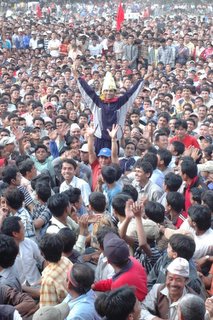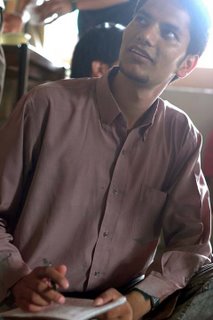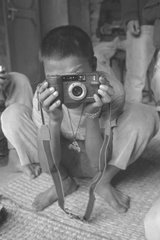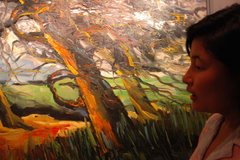
(I am just back from eastern part of Nepal after a month in there.)
If Your Pictures Aren't Good Enough, You're Not Close Enough...
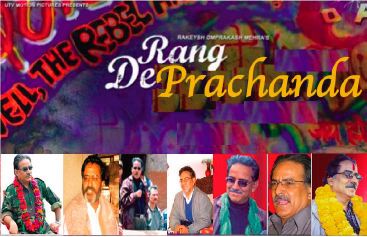
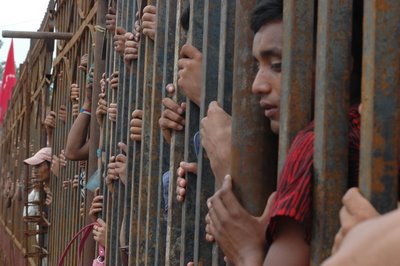
 Sunil Pokhrel, Main Guru of Gurukul Kathmandu is sharing his experience in Ibsen's Play during the Inaguration of Ibsen's Festival in Gurukul,Kathmandu on 1 st Nov 2006. © Deependra Bajracharya
Sunil Pokhrel, Main Guru of Gurukul Kathmandu is sharing his experience in Ibsen's Play during the Inaguration of Ibsen's Festival in Gurukul,Kathmandu on 1 st Nov 2006. © Deependra Bajracharya

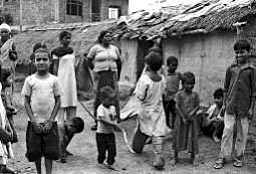
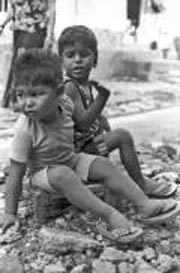
training of Maoist army,i impressed red ribon of girls soldger. i saw one or two girls in a battlian
Photos bBy Takaki Yagisawa Colour)


What I really enjoyed about the film was seeing the methodology of this great photographer. The documentary film makers attached a micro-videocamera onto Natchwey's Canon 1-V so that you could see over his trigger finger right into the action he was shooting. You could see him change shutter speeds and aperture settings. I saw that he used 400 speed film, which is a surprise since his pictures are so sharp. You could see how meticulous he was about taking notes, and about keeping his camera clean in less than ideal circumstances. You could see how he traveled. You could see how interacted with his subject matter. You could see how close he was to the action. It was amazing.
If you want to check out some of Natchwey's work, and I highly recommend it, though it's not for the faint of heart, here are some sites:
James Natchwey's site
www.jamesnachtwey.com/
 (Traditional wears musician checking my card when i introduced myself as a photojournalist they said Journalist are not good because they never writes reall story even from Khokana so they were not seems happy with me.)
(Traditional wears musician checking my card when i introduced myself as a photojournalist they said Journalist are not good because they never writes reall story even from Khokana so they were not seems happy with me.) When i met her she is an receptionis on known human right office but when i go on next day she is waiting to open the door of her office with giant Sarangi, traditional musical instrument.I was a shock to see women plays a Sarangi. Normally the Gandharbha Jati doesnot allow to touch the any kind of Sarangi even she plays and sing their traditional folk song. Then i decided to story on her and her sarangi
When i met her she is an receptionis on known human right office but when i go on next day she is waiting to open the door of her office with giant Sarangi, traditional musical instrument.I was a shock to see women plays a Sarangi. Normally the Gandharbha Jati doesnot allow to touch the any kind of Sarangi even she plays and sing their traditional folk song. Then i decided to story on her and her sarangi
 Hashina Khatun,wife of Martyrs Mohamod Janghir along with sons Ibran, 3 yrs old and Gurfan 6 months old.
Hashina Khatun,wife of Martyrs Mohamod Janghir along with sons Ibran, 3 yrs old and Gurfan 6 months old.